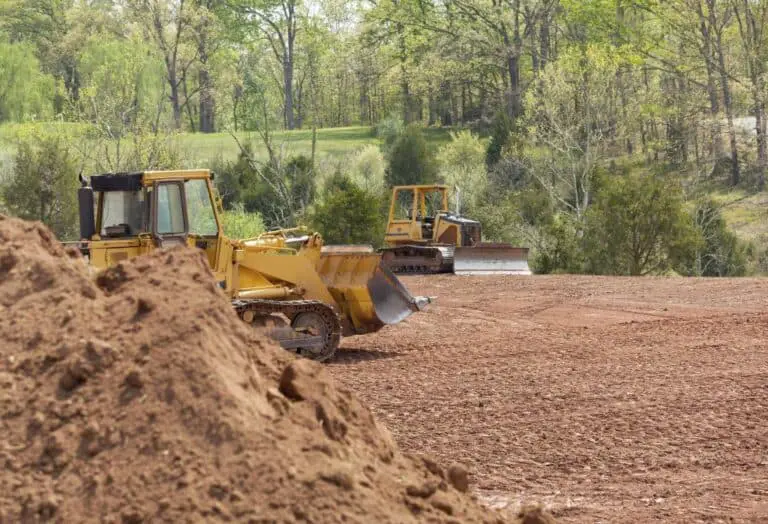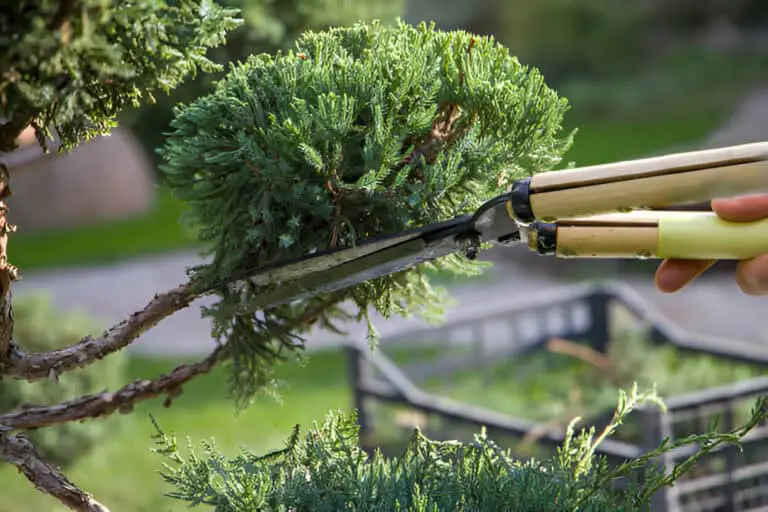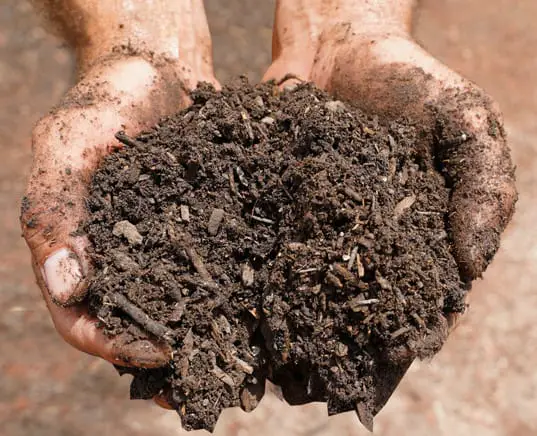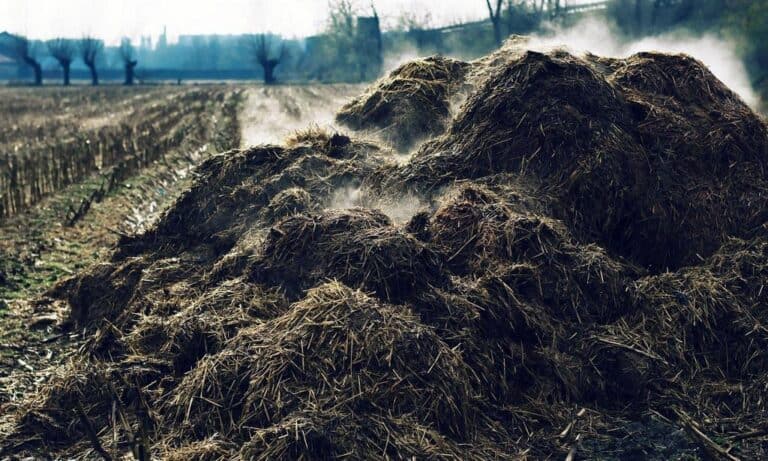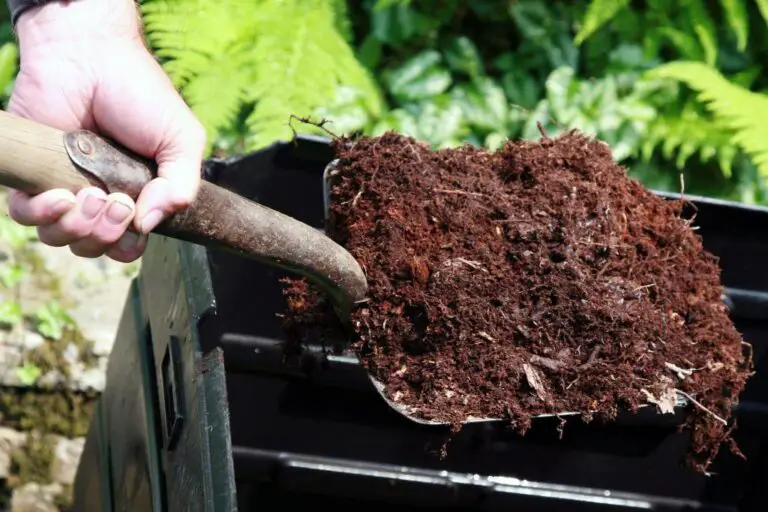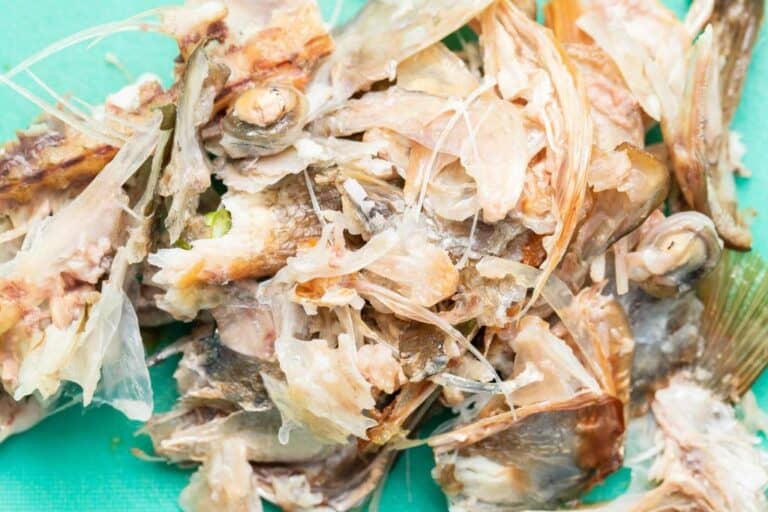Can You Plant Directly Into Well-Rotted Manure? Seedlings without Soil
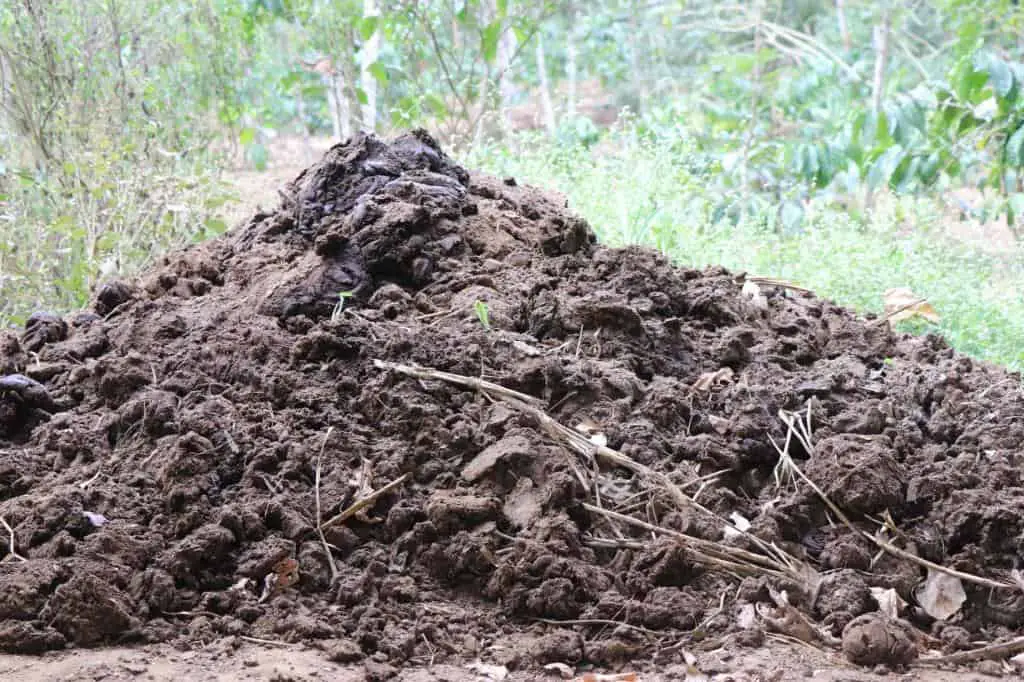
In the enchanting world of gardening, there’s a question that often sprouts in the minds of both beginners and seasoned horticulturists: Can you plant directly into well-rotted manure? It’s a question that stems from the allure of simplicity, the dream of minimizing steps, and the desire to nourish our plants with natural richness.
It’s a tempting proposition, isn’t it? No fuss, no hassle; just plant your seeds or young seedlings and watch them flourish in the lap of organic abundance.
But is it truly that feasible? Can well-rotted manure stand alone as a welcoming cradle for your green darlings, or are there hidden complexities beneath the surface?
We’re about to embark on a journey to unravel the mysteries of this age-old gardening practice. So, if you’ve ever contemplated the idea of bypassing traditional soil and taking a shortcut to botanical glory, then join us as we explore the pros and cons of planting directly into well-rotted manure. It’s a tale of earthy allure and practical wisdom, a story of roots and resilience in the garden.
The Magic of Well-Rotted Manure
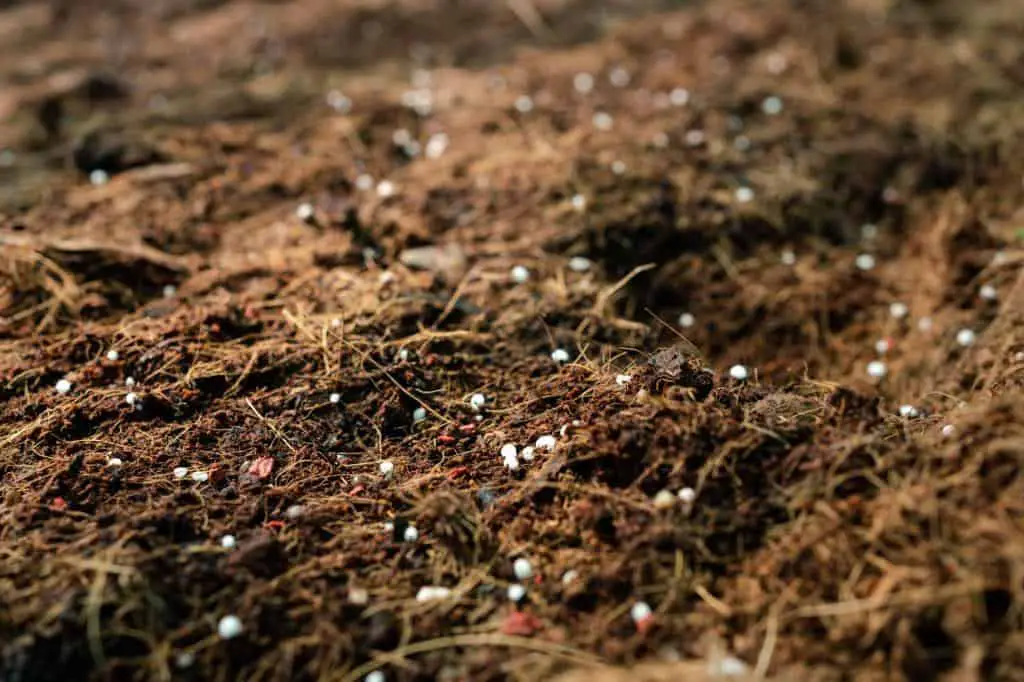
Before we dive into the particulars of planting seedlings without soil, let’s first understand what well-rotted manure is and why it’s considered a valuable resource in gardening.
Well-rotted manure is essentially decomposed organic matter from animal waste, typically from cows, horses, or chickens. Through a natural process of decomposition, the once potent manure transforms into a nutrient-rich, crumbly material that bears little resemblance to its original form.
| Advantages of Well-Rotted Manure | Disadvantages of Well-Rotted Manure |
| Abundant in Nutrients | Can Have an Unpleasant Odor |
| Improves Soil Structure | May Contain Weed Seeds |
| Enhances Water Retention | Requires Adequate Composting Time |
| Supports Beneficial Microorganisms | pH Levels May Be Altered |
Can You Plant Directly Into Well-Rotted Manure?
The answer to the question “Can You Plant Directly Into Well-Rotted Manure?” is not straightforward. It depends on the specific situation and the type of plants you want to grow. If you have well-rotted manure that is not too rich and has good water retention, you may be able to plant seedlings and young plants directly into it.
However, if the manure is too rich or unstable, it may be better to use manure as a growing medium in raised beds or mix it with other soil amendments before planting. It is also important to note that different plants have different nutrient requirements and may respond differently to well-rotted manure, so it is always a good idea to do some research before planting.
Now, let’s explore the intriguing concept of planting seedlings directly into well-rotted manure. While it may seem unorthodox, there are certain advantages to this method.
- Nutrient Abundance: Well-rotted manure is packed with essential nutrients like nitrogen, phosphorus, and potassium. These nutrients are vital for plant growth and development. By planting directly into manure, seedlings have immediate access to this nutrient-rich environment.
- Improved Soil Structure: Manure helps improve soil structure by adding organic matter. It enhances aeration and drainage, making it easier for plant roots to penetrate and grow.
- Water Retention: Manure has the ability to retain moisture, reducing the need for frequent watering. This can be particularly beneficial in regions with erratic rainfall.
- Beneficial Microorganisms: Well-rotted manure is teeming with beneficial microorganisms that aid in breaking down organic matter and making nutrients more accessible to plants.
Preparing Well-Rotted Manure for Planting
Before you embark on the exciting journey of planting seedlings directly into well-rotted manure, it’s crucial to understand the art of preparing this unique growing medium.
Well-rotted manure, often referred to as “black gold” by seasoned gardeners, is more than just a pile of decomposed organic matter. It’s a carefully crafted nutrient powerhouse that requires some thoughtful preparation to ensure your plants thrive.
1. Selecting the Right Manure
The first step in preparing well-rotted manure is selecting the right type. Not all manure is created equal. Different animals produce manure with varying nutrient compositions.
Cow, horse, and chicken manure are among the most popular choices for gardeners. However, it’s essential to know the source of your manure, as the diet and living conditions of the animals can impact its quality.
Ideally, you want manure that has been aged and composted for an extended period. This process, which can take several months to a year or more, allows the manure to break down, reducing its odor and eliminating harmful pathogens. Well-composted manure should have a rich, earthy scent, akin to the smell of a fertile forest floor, rather than a pungent odor.
2. Composting for Success
Composting is the alchemical transformation that turns raw manure into a gardener’s treasure. It’s a microbial dance where beneficial bacteria and fungi work their magic, breaking down the organic matter in manure into simpler forms that plants can readily absorb. The key to successful composting is the right balance of carbon and nitrogen-rich materials.
Start by creating a compost pile or bin, and layer the manure with straw, leaves, or other carbon-rich materials. This not only helps balance the compost but also provides structure and aeration, facilitating the composting process. Regularly turning the compost pile promotes oxygen flow, which is vital for those microorganisms to do their job efficiently.
Pro Tip: Monitoring the temperature of your compost pile can give you insight into its progress. When the internal temperature reaches around 140°F (60°C), it’s a sign that decomposition is happening at an optimal rate.
3. Weed Seeds and Pathogens
One of the potential pitfalls when working with manure is the presence of weed seeds and pathogens. These can wreak havoc in your garden if not dealt with properly. Composting is your best defense against these unwanted guests.
The heat generated during the composting process is a weed seed killer. Properly managed compost piles will reach temperatures that effectively eliminate most weed seeds. However, it’s wise to ensure that your manure has gone through a thorough composting cycle to reduce the risk further.
Pathogens like E. coli and Salmonella can also lurk in raw manure. Composting at the right temperature and for a sufficient duration will kill these pathogens, making the manure safe for your plants. When in doubt, it’s best to err on the side of caution and use only well-rotted manure in your garden.
4. Balancing the pH
Manure, in its raw form, can be acidic. This means it has the potential to alter the pH of your garden soil. While this can be beneficial for some plants, it may be detrimental to others. It’s essential to test the pH of your manure and the surrounding soil to understand how they interact.
To balance the pH, you can incorporate lime into your composting process. Lime helps neutralize acidity, ensuring that your well-rotted manure won’t overly acidify your garden soil when you use it as a planting medium.
5. Storing Well-Rotted Manure
Once your manure has completed its composting journey and is well-rotted, you’ll want to store it properly to maintain its quality. Store it in a covered area, such as a shed or bin, to prevent the leaching of nutrients from rain or exposure to excessive sunlight, which can lead to nutrient loss.
It’s a good practice to keep your well-rotted manure covered until you’re ready to use it in your garden. This preserves its moisture content and prevents it from drying out.
Step by Step to Plant Directly into Well-Roted Manure
Now, let’s break down the steps to successfully plant seedlings directly into well-rotted manure:
Materials Needed:
- Well-rotted manure
- Seedlings
- Trowel or shovel
- Gardening gloves
- Mulch (optional)
Steps:
- Choose the Right Manure: Ensure that the manure you’re using is well-rotted and has been composted for a sufficient period. This helps eliminate any weed seeds and reduces the risk of unpleasant odors.
- Prepare the Area: Select a suitable location for your seedlings. Clear the area of any debris and weeds to create a clean planting surface.
- Dig Holes: Use a trowel or shovel to dig holes in the well-rotted manure. These holes should be deep and wide enough to accommodate your seedlings’ roots.
- Plant the Seedlings: Gently remove the seedlings from their pots and place them into the prepared holes. Make sure the top of the root ball is level with the surface of the manure.
- Backfill with Manure: Carefully backfill the holes with well-rotted manure, ensuring that the seedlings are firmly anchored and surrounded by the nutrient-rich material.
- Water and Mulch (Optional): Water the newly planted seedlings thoroughly. Adding a layer of mulch on top of the manure can help conserve moisture and suppress weeds.
- Monitor and Maintain: Keep a close eye on your seedlings. Water as needed to maintain consistent moisture levels, and be prepared to provide additional nutrients if necessary.
Tips for Success
To ensure your venture into planting seedlings directly into well-rotted manure is a success, here are some additional tips:
- Choose the right plants: Some plants may thrive in this environment, while others may not. Consider vegetables like tomatoes, peppers, and cucumbers or flowers like sunflowers and marigolds.
- Monitor pH levels: Manure can alter soil pH, so it’s a good idea to periodically test the pH of your planting area and make adjustments if necessary.
- Rotate crops: To prevent nutrient depletion and disease buildup, practice crop rotation in your manure-based planting area.
Is It Safe to Eat Vegetables Grown in Well-Rotted Manure?
Eating vegetables cultivated in well-rotted manure can indeed be safe, offering a nourishing harvest for your table. However, ensuring this safety hinges on one crucial factor: proper composting.
Well-rotted manure, on its own, may carry the risk of harboring harmful pathogens, and consuming vegetables grown in untreated manure could pose health hazards. Nevertheless, when managed correctly, well-rotted manure becomes a valuable asset in your gardening repertoire.
The process of composting transforms raw manure into a safe and nutrient-rich medium for plant growth. Composting achieves this transformation through a combination of factors, including heat generated during decomposition, microbial activity, and time. When manure is subjected to these conditions in a well-managed compost pile, it effectively eliminates harmful pathogens, weed seeds, and parasites.
To ensure the safety of your homegrown produce, it’s essential to follow proper composting guidelines. This typically involves mixing well-rotted manure with other organic materials like straw, leaves, or kitchen scraps, maintaining adequate moisture and aeration, and monitoring temperature levels within the compost pile.
When the compost matures and reaches a stable, humus-like state, it’s ready to use as a safe and nutrient-rich soil amendment for your vegetables.
Conclusion
While planting seedlings directly into well-rotted manure may not be the go-to method for every gardener, it offers a unique and nutrient-rich alternative to traditional soil-based gardening. With the right materials, preparation, and care, you can successfully cultivate healthy and productive plants in this unconventional but rewarding growing medium.
Give it a try and watch your garden flourish in the embrace of well-rotted manure. Happy gardening!
FAQs on Benefits of Planting in Well-Rotted Manure
Can you use fresh manure instead of well-rotted manure for planting?
It’s not recommended to use fresh manure for planting. Fresh manure can be too high in ammonia and harmful pathogens. Well-rotted manure is safer, as it has undergone composting, reducing its odor and pathogens while enriching it with nutrients.
What are the alternatives to well-rotted manure for gardening?
Alternatives include compost, peat moss, coconut coir, and synthetic potting mixes. These provide a stable and nutrient-rich medium for plant growth.
How long does it take for manure to become well-rotted?
Well-rotted manure typically takes several months to a year or more to fully decompose and become suitable for gardening.
Can well-rotted manure be used in container gardening?
Yes, well-rotted manure can be used in container gardening, but it’s essential to mix it with other potting mediums to ensure proper drainage and prevent compaction.
Is well-rotted manure safe for planting seedlings directly without soil?
Planting seedlings directly into well-rotted manure can be risky. While it’s rich in nutrients, it lacks the structure and stability that soil provides. Seedlings may struggle to establish roots and could experience nutrient imbalances. It’s best to mix manure with soil or use it as a top dressing for established plants.
What are the primary advantages of using well-rotted manure for gardening?
Well-rotted manure offers several advantages for gardening, including enriching soil with essential nutrients, improving soil structure, and enhancing water retention. It also promotes beneficial microorganisms, fostering a healthier garden environment.
Are there any risks associated with planting in well-rotted manure?
Yes, there are risks, such as nutrient imbalances, weed seeds, and potential pathogens in manure. Proper preparation and mixing manure with soil can mitigate these risks.
Can all types of plants be successfully grown in well-rotted manure?
Many plants can thrive in well-rotted manure, especially vegetables, herbs, and certain flowers. However, some sensitive plants may prefer a lighter, more balanced soil mixture.
How should I address issues like nutrient imbalances or pests in a manure-based garden?
Address nutrient imbalances with regular soil testing and adjustments. Control pests through natural remedies or integrated pest management practices, minimizing chemical use to maintain the benefits of a manure-based garden.

